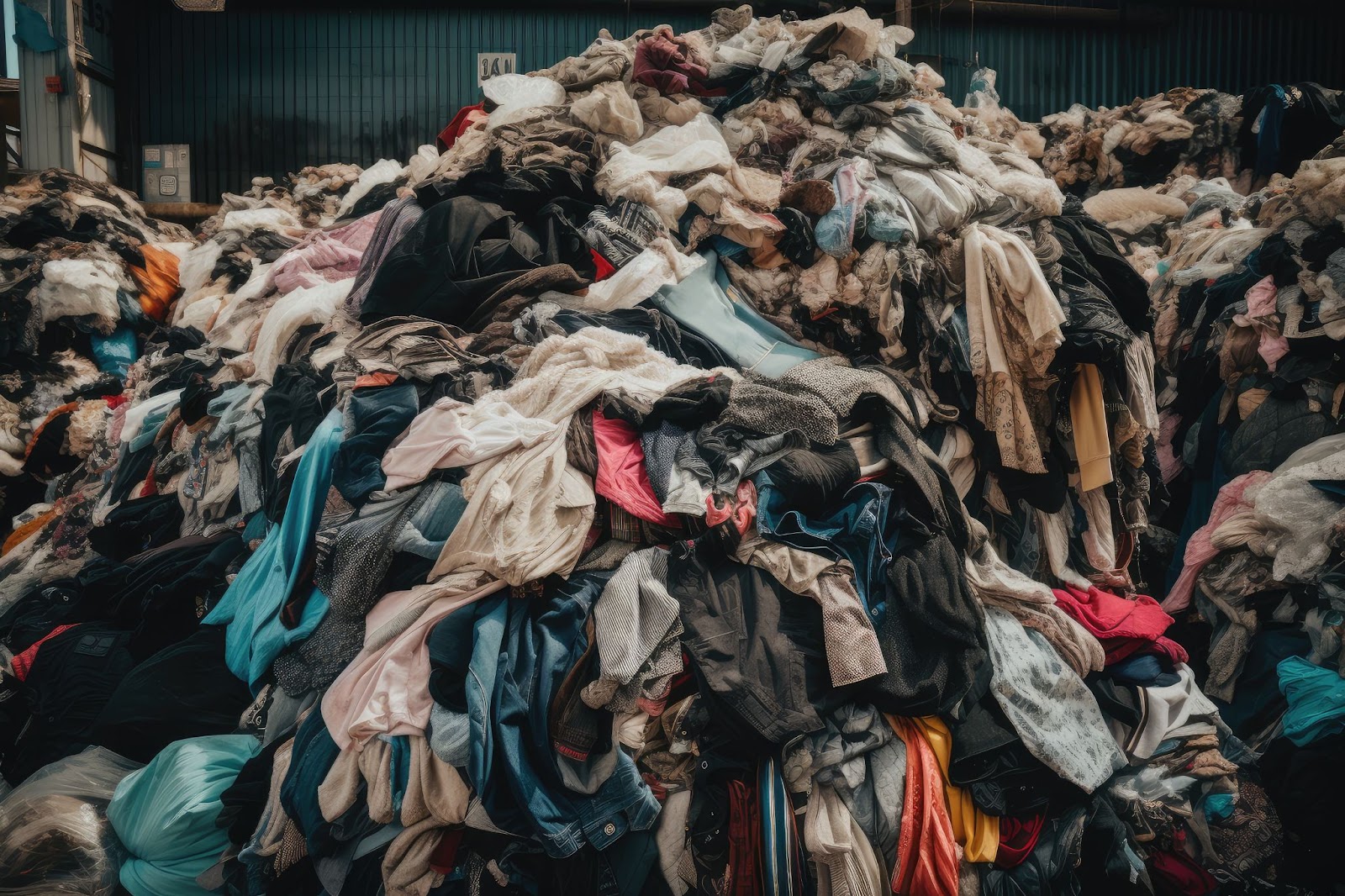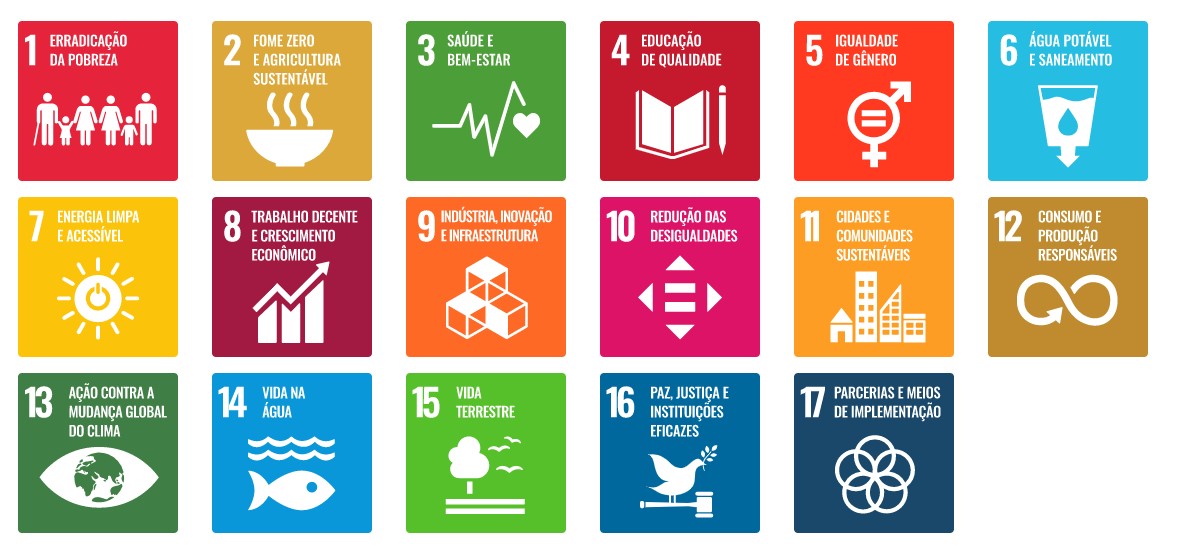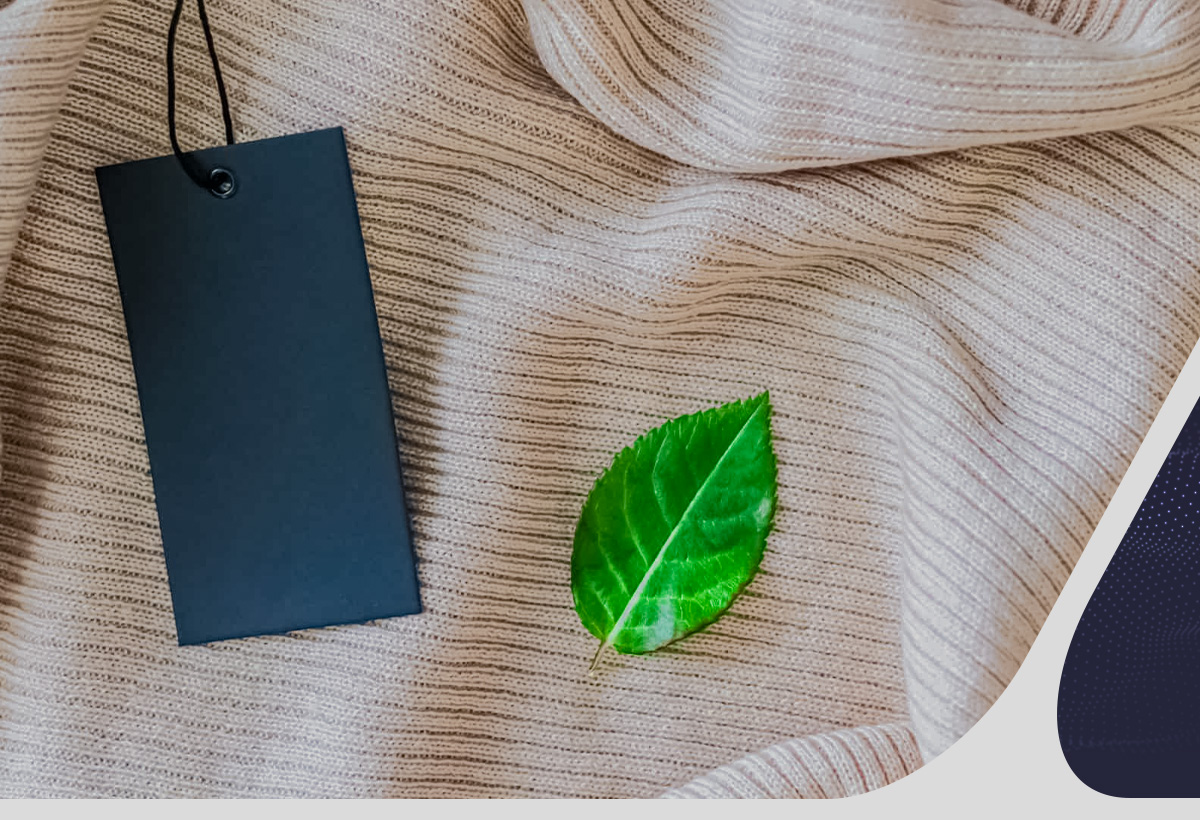The SDGs are part of a global plan that aims to guarantee a more equal, fair and ecologically correct world. The role of the textile industry, in this scenario, is to promote and collaborate with sustainable and responsible development.
Want to understand more about the subject? So, continue reading to check out the main information about the SDGs and their relationship with the sector.
Good reading!
Do you know what SDG means?
SDG is the abbreviation for “Sustainable Development Goals”. They refer to the global appeal, initiated by the UN (United Nations), corresponding to the 2030 Agenda.
This, in turn, is described, by the organization itself, as an action plan for people, the planet and prosperity that “seeks to strengthen universal peace with more freedom”.
In other words, developed in 2015, this is a project intended for all countries and interested parties to join. After all, the aim is to implement it so that it is possible to eradicate poverty and protect the planet.
According to the UN, there is a certain determination to “take the bold and transformative measures that are urgently needed to direct the world towards a sustainable and resilient path”.
Therefore, this agenda contains 17 Sustainable Development Goals (SDGs) and 169 targets. They are ambitious, interconnected and address the main development challenges in Brazil and the world.
They are almost like a revision of the Millennium Development Goals. They drink from the same source to complete those who have not been reached until then.
Therefore, they focus on the search for the implementation and protection of human rights, gender equality and female empowerment. All this balanced with the environment.
After all, sustainable development is based on three main factors: economic, social and environmental. Therefore, there is no sustainability without guaranteeing rights and eliminating social inequality.
Then, the 193 UN member states that have committed to the agenda, including Brazil, will work to ensure that quality education is provided, that extreme poverty and hunger are eliminated, that societies are more peaceful and inclusive and that, with this, the planet is protected.
Okay! But how does the textile industry stand out in this scenario?

Now the correlation between the textile industry and the SDGs is more visible, right? That is, the objectives collaborate with the sector’s constant quest to generate productivity, efficiency and, above all, sustainability.
Therefore, the Sustainable Development Goals are excellent tools to promote the complete development of the national and international textile market. At the same time as it generates environmental awareness and responsibility.
On our blog we always reinforce the sector’s impacts on the environment. We can cite some examples.
According to Piauí magazineNo nosso blog sempre reforçamos os impactos do setor no meio ambiente. Podemos citar alguns exemplos.
Incorrect disposal of this waste can generate contamination of the soil and other inputs, pollution, emission of contaminating gases into the atmosphere, and the impossibility of reusing these materials.
All this is caused by waste and, consequently, due to the lack of productivity, optimization and automation in the textile sector. It’s simple! A competent, updated and efficient industry does not generate errors. This eliminates loss rates and, therefore, environmental contamination.
Here, it is worth highlighting that, according to Abit, the sector brings together:
- 22.5 thousand formal production units across the country;
- 1.34 million formal employees and 8 million indirect employees;
- R$4.9 billion in investments;
- US$1.14 billion in exports;
- R$190 billion in revenue;
- The clothing sector is the 2nd largest employer in the manufacturing industry;
- Brazil is the largest complete Textile Chain in the West.
In this way, the textile industry, which has a major impact on the Brazilian economy and society, as shown in the figures cited, will be able to contribute to achieving the SDGs.
In parallel, it will guarantee even more development and evolution for the entire national sector.
Discover the Sustainable Development Goals to focus on your textile industry!

Many of the 17 Sustainable Development Goals can be impacted by the textile industry in some way. However, it is possible to mention 3 of them that cause a greater direct effect. Check it out below!
SDG 6
The first of them is number 6: “drinking water and sanitation”. This SDG aims to ensure the availability and sustainable management of water and sanitation for all.
Goal 6.3 refers to the search for improvements in water quality by reducing pollution and the release of chemicals and hazardous materials. Which increases resource reuse in a safe way globally.
In addition to this, another goal worth highlighting from this objective is 6.4. It seeks to guarantee the efficiency of water use in all sectors and the certainty of sustainable withdrawals, avoiding shortages.
In the textile industry, for example, this can be achieved with more efficient shrink testing processes with the help of intelligent solutions. This way, it will be possible to speed up the response in the laboratory and reduce consumption by up to 80%, depending on the equipment used.
And it is also essential that, in the sector, the water used is collected so that it can be treated correctly, facilitating its reuse.
SDG 8
Next, we can mention SDG 8: “decent work and economic development”. This concerns the promotion of sustained, inclusive and sustainable economic growth, full and productive employment and decent work for all.
Here, goals aimed at ensuring a fair, safe work environment that encourages development are addressed. More specifically, when citing 8.8, we can highlight the need to reinforce and protect labor rights, as well as to promote safe and secure working environments for all workers.
And it will only be possible to provide a prosperous, safe and efficient environment for employees with the help of machines and updated technologies. They must also comply with the main standards of the sector, such as NR12.
Which guarantees safety, ergonomics and encourages productivity, for example.
SDG 12
Finally, there is SDG 12: “responsible consumption and production”. It aims to ensure sustainable production and consumption patterns.
Target 12.2 talks about the need to achieve sustainable management and efficient use of natural resources. 12.5 reinforces the importance of substantially reducing waste generation through prevention, reduction, recycling and reuse.
To ensure compliance with these goals, simply purchase equipment that is based on the Industry 4.0 concept.
This is because they tend to be modern, innovative and updated machines.
Therefore, they contribute to efficiency and productivity, thus reducing errors and waste.
Which, consequently, promotes savings and sustainability.
The textile technology is fundamental to the evolution of the textile industry by optimizing production. But it is also a great ally of sustainable, fair and egalitarian development.


